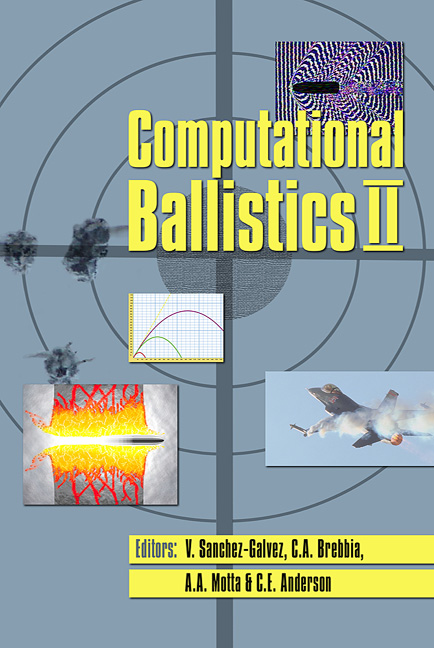A Computational Study Of Ballistic Transparencies
Price
Free (open access)
Transaction
Volume
40
Pages
9
Published
2005
Size
1,521 kb
Paper DOI
10.2495/CBAL050171
Copyright
WIT Press
Author(s)
D. W. Templeton & T. J. Holmquist
Abstract
A computational study of ballistic transparencies was undertaken to explore the current capabilities and limitations of such simulations. Ballistic impacts into a selected number of laminate transparency designs were simulated using the Lagrangian hydrocode EPIC, and comparisons made to experimental data. The results are discussed, along with recommendations for future work. Keywords: ballistic transparencies, simulations, hydrocodes. 1 Introduction The spectrum of ballistic threats that may be encountered by ground vehicles runs from small arms and low-velocity shrapnel from a variety of sources to high-energy kinetic penetrators. Transparent armor systems are a critical component of all current ground combat and tactical vehicles, and their battlefield survivability can be highly dependent on the development and fielding of new lightweight systems that offer equivalent or improved ballistic protection when compared with existing components. With the present military situation, designing, integrating and fielding a new transparent armor configuration in ever decreasing time has become paramount. In order to meet this requirement in a timely and affordable fashion, increased reliance is being placed on simulation and modeling to replace the expensive and time consuming process of build, shoot, rebuild and re-shoot. The capability of high performance computations and codes to successfully model ballistic events and contribute to the design of armor systems has gained increasing importance [1] and success in the past few years. Unfortunately,
Keywords
ballistic transparencies, simulations, hydrocodes.




